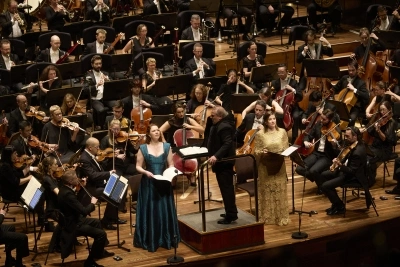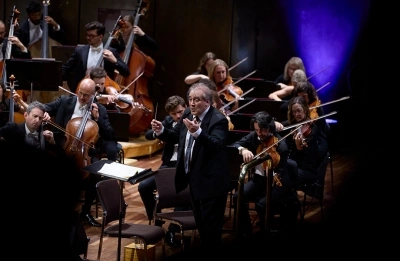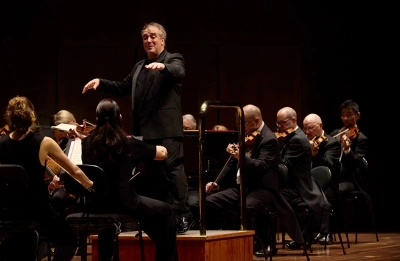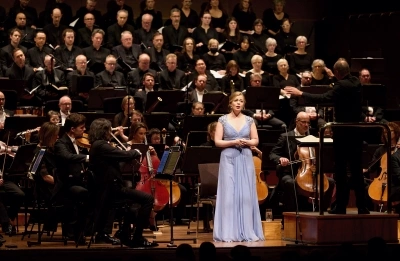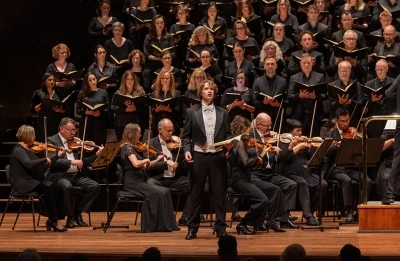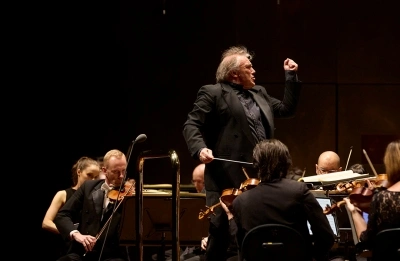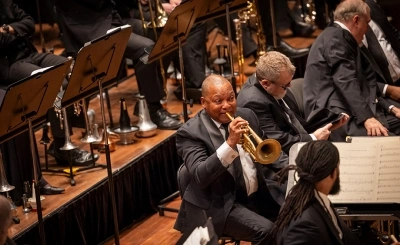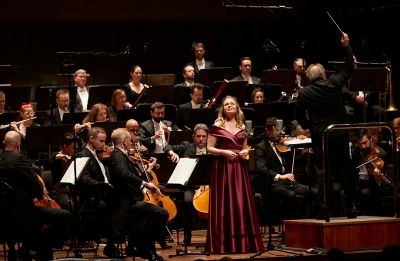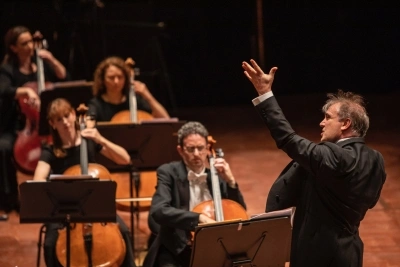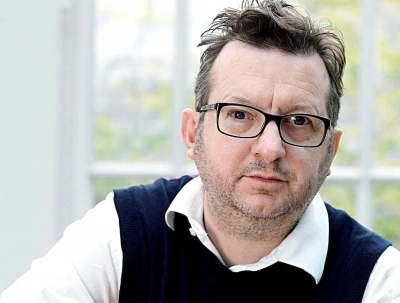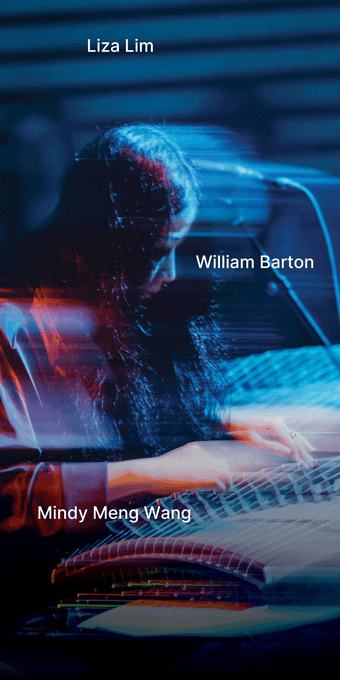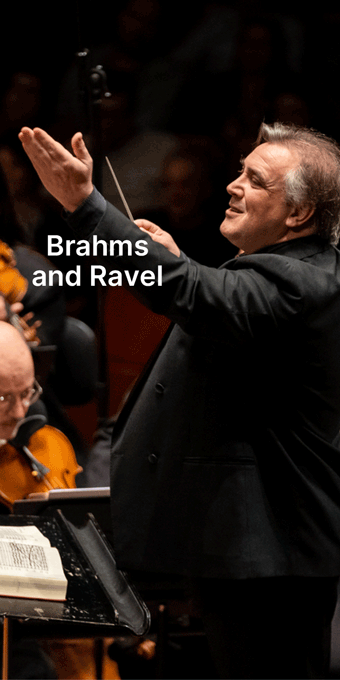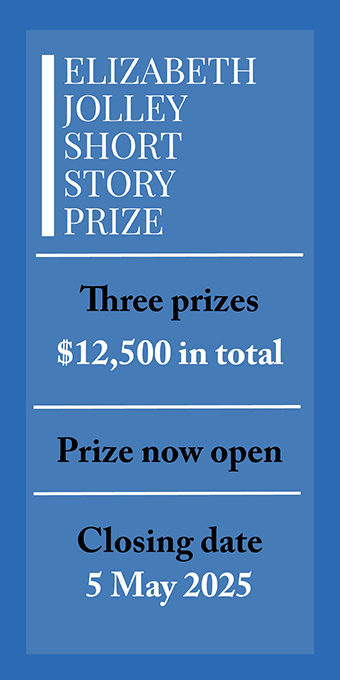Melbourne Symphony Orchestra
One consequence of the popular success of Bradley Cooper’s biopic Maestro (2023) may well be that it helps to reinforce the cultural significance of Gustav Mahler’s Second Symphony (Resurrection) for another generation. In the film we witness a faithful recreation of the final moments of Leonard Bernstein’s legendary performance of the Resurrection in Ely Cathedral in 1973.
... (read more)Sometimes an orchestral program proves to be meaningful in ways that were never intended when it was first devised. Such was the case last Thursday and Saturday, when the Melbourne Symphony Orchestra gave its first local outing since the onset of public and internal turmoil last month sparked by the orchestra’s management’s cancellation of a planned concerto performance on 15 August by Australian pianist Jayson Gillham.
... (read more)Famously, Gustav Mahler once told Jean Sibelius that ‘[a] symphony must be like the world – it must contain everything.’ Running for more than ninety minutes, indeed often cited as the longest symphonic work in the standard orchestral repertoire, his third essay in this genre (first performed in its entirety in 1902, conducted by Mahler) arguably gets closest to realising such an ambition. The composer suggested, furthermore, that the work was inspired by the contemplation of a soul’s journey from the natural world to the spiritual, no less.
... (read more)When Wynton Marsalis’s début album appeared on CBS Records in 1982, with its moody, pensive black and white cover portrait of the then twenty-year-old trumpeter, few could have predicted where his career was headed. Sure, he had performed Haydn’s Trumpet Concerto with the New Orleans Philharmonic at fourteen, and further honed his craft in the trumpet chair of Art Blakey’s Jazz Messengers.
... (read more)When Alessandro Manzoni died on 22 May 1873, it was an event of major significance in Italy. The poet, novelist, and philosopher – an early proponent of Italian unification – was a hero of the Risorgimento. His novel I promessi sposi (1827), with its appeal to Italian patriotism, was (and remains) one of the most famous Italian novels.
... (read more)The writer and academic Malcolm Bradbury once argued that we can find traces of the chaos, contingency, and plurality that typify the modern urban environment embedded in the structure of the modern novel or in the design and form of modernist painting. But in music? I think it is fair to say that classical composers have struggled to find similes as obvious, potent, or effective for the experience of living in a modern city as artists working in other media, or indeed as musicians working in other genres. It’s not for nothing that we commonly speak of urban rap, but not, say of urban symphonic music.
... (read more)

